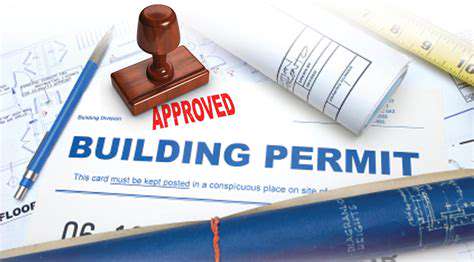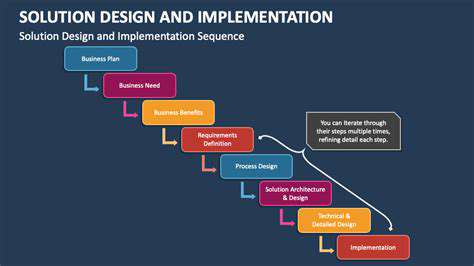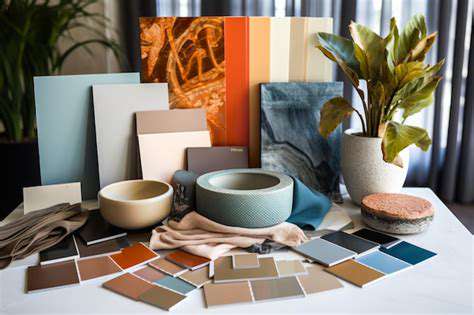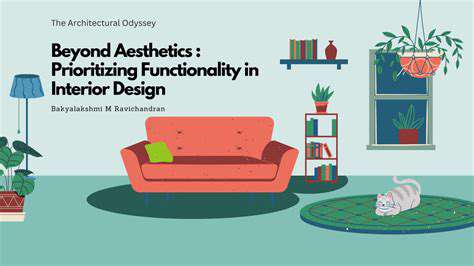How to Plan a Comprehensive Home Renovation Project

Creating a Detailed Budget and Timeline
Understanding Your Financial Resources
When planning a home renovation, nothing is more critical than taking stock of your financial situation. Beyond just looking at your savings, consider all possible funding avenues—personal loans, credit lines, or even tapping into home equity. This comprehensive financial review should account for your monthly cash flow to determine what you can safely allocate to the project without straining your finances. Setting realistic budget expectations early prevents financial headaches later.
Your budget must cover more than just obvious costs like materials and labor. Always include a contingency fund—typically 10-20% of the total budget—to handle surprises like structural issues or price hikes. This buffer keeps your project on track financially when the unexpected happens.
Defining Your Renovation Scope and Needs
Before crunching numbers, clearly outline what you want to achieve. Are you remodeling the entire kitchen or just replacing cabinets? Maybe you're adding a bathroom or upgrading electrical systems. Defining these goals helps create accurate cost estimates and timelines.
Think beyond aesthetics. Consider how changes will improve daily life—better storage, easier maintenance, or energy savings. These practical benefits often deliver more long-term value than purely cosmetic upgrades.
Estimating Material and Labor Costs
Price research is non-negotiable. Compare material costs across multiple suppliers—lumber prices can vary dramatically. Get at least three contractor bids to ensure competitive pricing. Remember that material costs often fluctuate, so build some flexibility into your budget.
Developing a Realistic Timeline
Break your project into phases with clear milestones. Account for material lead times (some items take weeks to arrive), contractor availability, and inevitable delays. A detailed schedule helps spot potential bottlenecks before they derail your project.
Contingency Planning and Budgeting
Assume something will go wrong—because it usually does. Whether it's discovering faulty wiring or a backordered appliance, your contingency fund is your safety net. Similarly, build extra time into your schedule for these unforeseen issues.
Communication and Contractual Agreements
Clear contracts prevent conflicts. Document every agreement—payment terms, project scope, timelines—in writing. Maintain open communication channels with your team. Regular check-ins keep small issues from becoming big problems.
Selecting the Right Professionals and Contractors
Identifying Your Needs
Start by defining exactly what you need. A whole-house renovation demands different skills than a bathroom update. Be specific about your goals—whether it's more space, better efficiency, or modern styling—to find professionals suited to your project.
Researching and Comparing Options
Cast a wide net when researching contractors. Check online reviews, but also ask for references you can contact directly. Interview multiple candidates and compare their proposals side-by-side, paying attention to both price and proposed methodologies.
Evaluating Qualifications and Experience
Verify licenses and insurance first. Then dig deeper—ask to see portfolios of similar projects. A contractor who specializes in kitchens might not be your best choice for a foundation repair. Always check recent references to gauge reliability and work quality.
Understanding Contracts and Agreements
Never sign a vague contract. Every detail matters—payment schedules, change order procedures, warranty terms, and penalty clauses. Have a lawyer review anything you don't fully understand. A solid contract protects everyone involved.
Considering Budget and Timeline
Be upfront about your budget constraints. Good contractors will suggest alternatives if your dreams exceed your wallet. Realistic timelines account for permitting, material delays, and weather—not just ideal working conditions.
Seeking Recommendations and Referrals
Personal referrals often lead to the best results. Ask neighbors who've done similar projects about their experiences. A contractor who consistently satisfies clients will have plenty of enthusiastic references.












